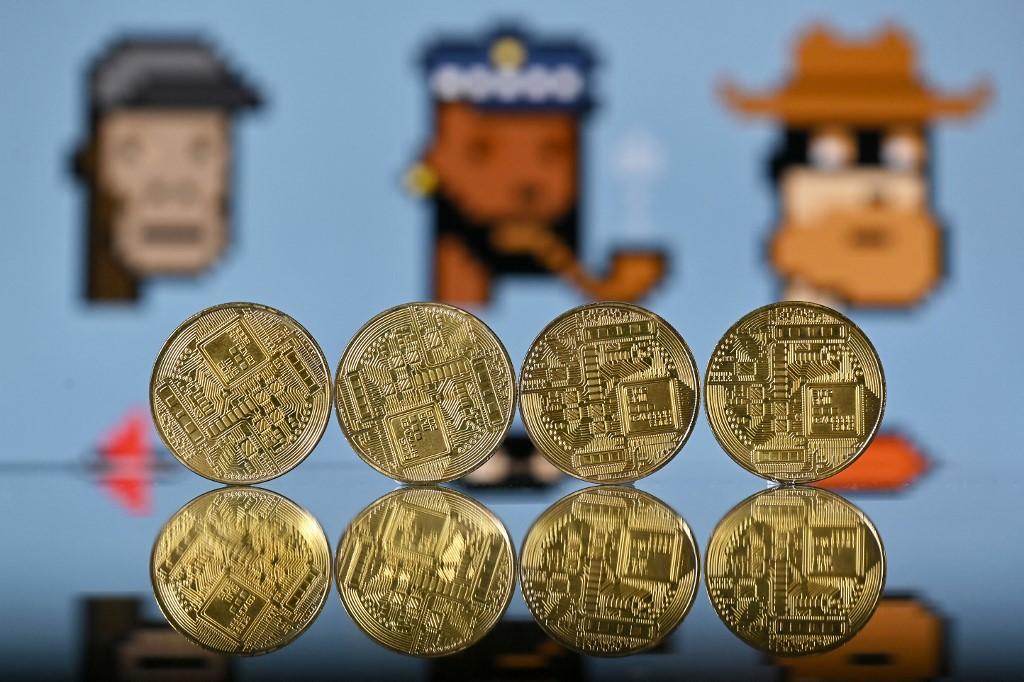Behind the NFT craze
NFTs began gaining momentum in 2020 although it remains to be seen how long the trend will remain.
Just In
For several years now, Mohd Faizal Rahmat has been selling three-dimensional (3D) illustrations in order to make a little money.
He used to sell them through conventional ways such as providing links for interested buyers to download the illustrations they wanted.
Sometimes, sales were encouraging but at other times no one wanted to buy his work at all.
Two months ago, his need for money grew more pressing as he tried to scrape together enough to visit his father in Penang.
But as a special needs person, his travel expenses are higher than they would be for normal travellers.
“My friends on Facebook told me to try selling my art on non-fungible token (NFT) platforms,” he said.
In the beginning, it was difficult for Faizal to grasp the concept of NFTs. Even now, he is still learning how to make the most of the available platforms.
But his efforts, it seems, are paying off: he has so far managed to sell nine of the 36 art pieces he uploaded on pentas.io.
His artwork goes for between 0.07 and 3.0 Binance or BNB, where 1 BNB is roughly equivalent to RM2,000, depending on the current value.
Faizal is one of a small number of local artists who are turning to NFT platforms as a way to market their work, with interested buyers including international celebrities. M Visithra, for instance, sold several piece of art to rap star Snoop Dogg last year.
In neighbouring Indonesia, meanwhile, college student Sultan Gustaf Al Ghozali became an internet sensation after trade in the digital rights to his selfies fetched more than US$1 million.
‘Unique’
In a nutshell, NFTs are digital tokens minted through blockchain technology. This means that they can be viewed in an open ledger and reviewed by anyone, making them unique, not unlike the serial numbers printed on paper notes.
Amanda Yeo, a researcher at independent think tank Emir Research, said NFTs allow digital works to become verifiable assets that can be traded through blockchain.
“Each NFT contains unique identification codes and other metadata like who owns and sells the digital asset, making it distinct and easily verifiable,” she told MalaysiaNow.
NFTs also come with digital certificates that guarantee the ownership rights to a given asset.
NFTs can come in a range of formats such as GIFs, tweets, virtual trading cards, pictures, illustrations, music and even digital real estate. For example, a clip of NBA star LeBron James in action sold for US$208,000 (RM870,792) while the first tweet by Twitter CEO Jack Dorsey went for US$2.9 million (RM12.14 million).
The most expensive piece of work sold so far was by Mike Winkelmann, better known as Beeple, who sold “Everydays: the First 5,000 Days” for US$69.3 million (RM290.12 million).
NFTs were introduced several years ago but only began gaining momentum in 2020.
Referring to reports by NonFungible.com and L’Atelier BNP Paribas, Yeo said the total value of NFT sales in the US alone was US$250.85 million (RM1.05 billion) in 2020 – an increase of nearly 300% from US62.86 million ((RM263.12 million) in 2019.
Architect Azari Mat Yasir said the main attraction of NFTs lies in the ease with which the public can access NFT collections.
“It also facilitates sales and purchases in cryptocurrency, where there are no concerns about foreign exchange and hidden charges,” Azari, who lectures at Universiti Teknologi Malaysia, said.
“Those who have already generated a lot of income through crypto trading and investments don’t need to exchange currency. They can just buy NFTs directly.”
In Malaysia, pentas.io is the platform of choice for many. All transactions there are conducted through cryptocurrency, in particular Binance.
BNB can also be exchanged for ringgit, whether through direct sales or global exchange platforms. There, artists can communicate directly with fans and collectors without having to wait for exhibitions or events.
“Every week, they announce their latest works, and those who are interested will wait at the NFT platform,” Azari said.
“Artworks go for RM20 to RM200, and some can even sell for as much as RM2,000. This is enough for Malaysian artists who rarely see huge returns to make some money on the side.”
Just a trend?
Nevertheless the question remains whether NFTs are here to stay, or if they will soon begin to fade like many other trends over the years.
Yeo said the price of NFTs can be very volatile due to their value which depends on supply and customers’ willingness to pay.
According to NonFungible.com, the average NFT asset price dropped US$64 from US$3,932 in February to US$1,426 in late March 2021.
The survival of NFTs will also depend on the so-called mining fee – a computer calculation process that uses large amounts of energy to validate each transaction.
Legal and supervisory aspects surrounding NFTs also remain vague.
“If we take into account the price and transaction cost of NFTs, it is still unclear whether NFTs will be just another tulip bubble in the years to come,” she said.
“The Covid-19 pandemic has accelerated the digitalisation process with more people switching to digital platforms to promote their goods and services.”
Azari meanwhile retains a cautious stance towards NFTs. Nevertheless, he said local artists such as Faizal should strike while the iron is still hot, and take advantage of the phenomenon while it is trending.
Subscribe to our newsletter
To be updated with all the latest news and analyses daily.
Most Read
No articles found.
